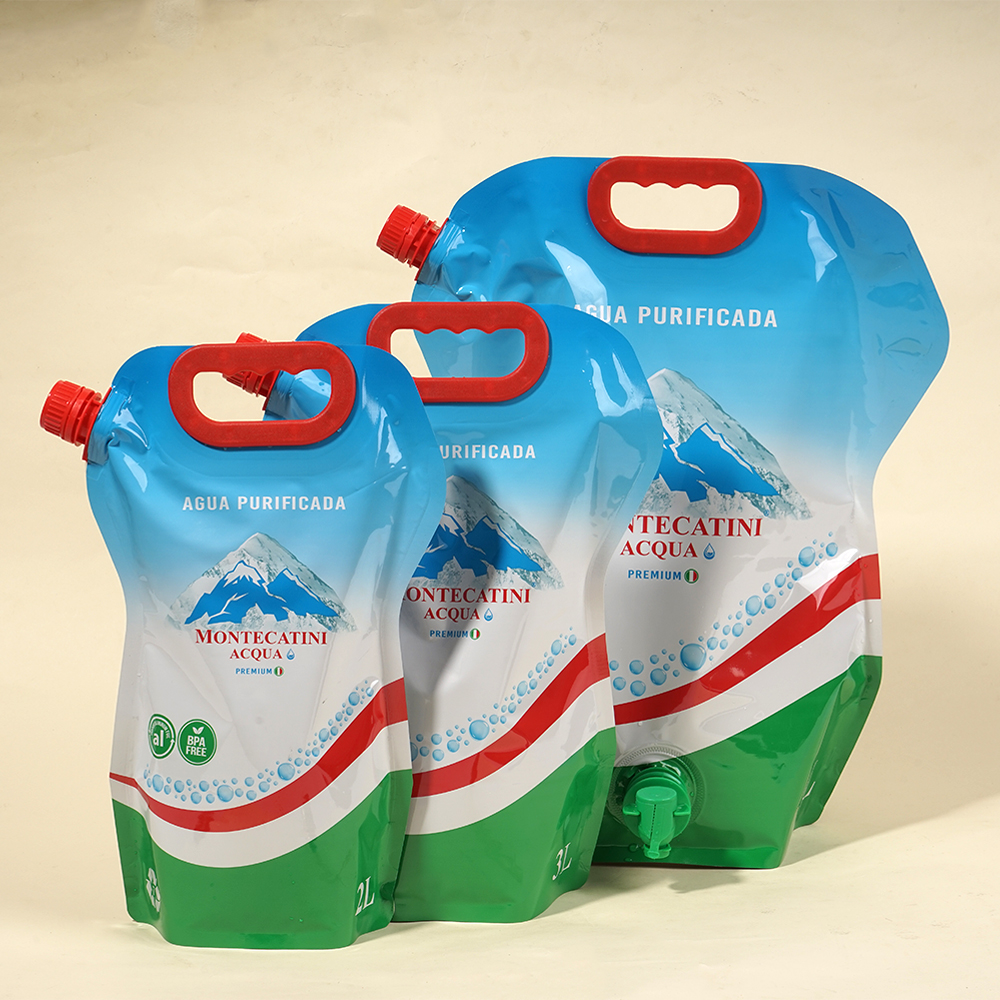Are you struggling with the complexities of printing on spout pouches? You’re not alone. Many businesses find themselves tangled in selecting the right materials, designs, and printing methods. But worry not, as we’ve got you covered. This guide will navigate you through the intricacies of spout pouch printing, ensuring your products stand out on the shelves.
Printing on spout pouches involves understanding the material, selecting appropriate designs, and choosing the right printing technology. Whether it’s digital, flexography, or rotogravure, each method offers distinct advantages tailored to your specific needs. Ensuring high-quality prints that resonate with your brand and attract your target audience is paramount. With the right approach, you can elevate your product’s appeal and visibility.
Now that we’ve outlined the basics, let’s dive deeper into each step of the process.
Step 1: Know The Spout Pouch Material
The first step in printing on a spout pouch is to understand the material it is made from. Spout pouches are typically made from flexible, durable materials such as polyethylene, polypropylene, or a combination of plastics that may include a layer of aluminum foil for added barrier protection. The choice of material not only affects the product’s shelf life by protecting against moisture, air, and light but also influences the printing process. Certain materials may require specific inks or printing techniques to ensure the design adheres well and remains vibrant over time.
Step 2: Designing Artwork for Spout Pouches
The next step is to select or create the artwork, graphics, and text that will be printed on the spout pouch. This design phase is essential for branding and marketing, as it allows companies to showcase their logos, slogans, and other branding elements in a visually appealing way. The design should be tailored to stand out on retail shelves and attract consumers.
The design phase is where creativity meets technicality. Your artwork should not only reflect the brand’s identity but also comply with printing specifications. Use high-resolution images and consider the color model (CMYK or PMS) that aligns with your chosen printing method.
Step 3: Choosing the Right Printing Method
Once the design is ready, you need to choose a printing technique that is suitable for the material of the spout pouch and the complexity of the design. Common printing techniques for spout pouches include flexography, digital printing, and rotogravure. Each method has its advantages and is chosen based on factors such as print quality, order volume, and cost.
- Digital Printing: Ideal for short runs and high customization. Digital printing allows for vibrant colors and detailed designs without the need for plates.
- Flexography: Best for medium to large runs. It uses flexible printing plates and is known for its speed and efficiency.
- Rotogravure: Suitable for very high-volume printing. It provides unparalleled print quality and durability, perfect for detailed artwork and large production runs.
Benefits of Printed Spout Pouches
Printed spout pouches offer several benefits that make them an attractive packaging solution for businesses:
- Powerful Branding: Custom printing allows for powerful branding opportunities. By printing your logo, brand colors, and other design elements directly on the pouch, you can increase brand recognition and loyalty.
- Enhanced Consumer Convenience: Spout pouches are lightweight, resealable, and easy to pour from, making them a convenient option for consumers. Printing can include usage instructions or product benefits, further enhancing consumer experience.
- Sustainability: Spout pouches are more environmentally friendly than traditional packaging options. They use less material, are often made from recyclable materials, and their lightweight nature reduces transportation emissions. Printing on spout pouches can also include messages about the product’s sustainability.
- Cost-Effectiveness: Compared to other packaging options, spout pouches are generally more cost-effective. They require less material and energy to produce and can be printed in large quantities at a lower cost.

